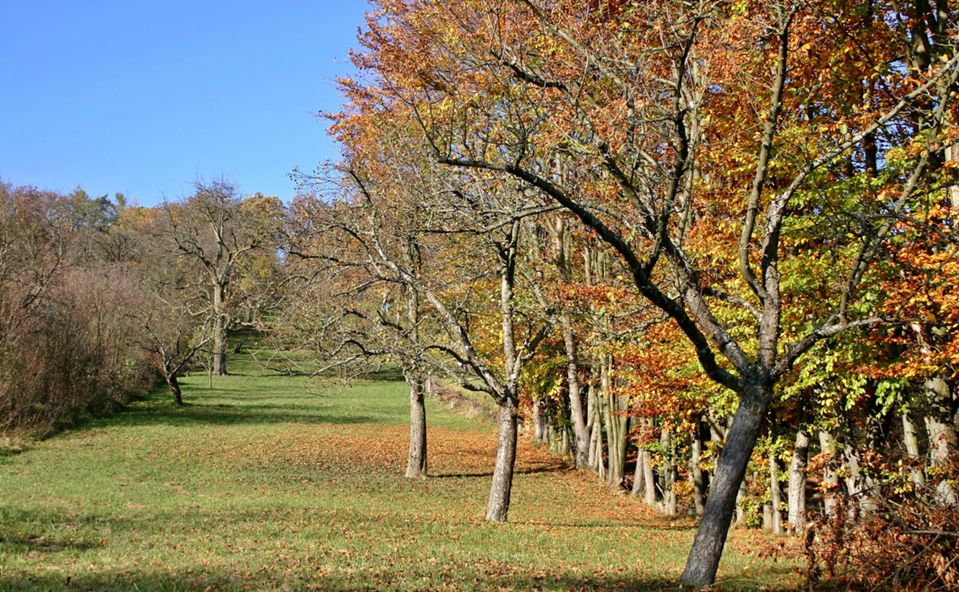Winter Protection for Fruit Trees
The best time for winter protection of fruit trees is in the fall. Follow these simple tips and video to take advantage of the benefits of this easy task.
Winter can seem like a tough time of year for fruit trees, with its bitter-cold, freezing, and sub-zero temperatures abound; however, as long as fruit trees are growing within their recommended hardiness zone, they are heartier than you might think. Trees planted in the ground spend all of their time outdoors, so what might appear as a sudden drop in temperature to us (as winter approaches) is something that dormant trees have prepared themselves for. Dormant fruit trees are less susceptible to winter injury, but they may still need a helping hand for winter protection.
Take Advantage of Simple Winter Protection
Fruit trees that have had a strong growing season can be expected to survive the coming winter. Since it's best to play it safe, even healthy fruit trees that are given winter protection will have an advantage over the harsh winter elements.
The best time to provide winter protection is in the fall — before potentially harmful winter elements are imminent. If you're planting in the fall, be sure to winterize your newly planted fruit trees after you've finished planting. The only thing better than an easy task is a convenient one!
Materials to use:
- Mulch (wood chips, shredded bark, straw, etc. – not rock mulch)
- Trunk-protecting tree guards
Steps to protecting your fruit trees for winter:
- At planting time, apply a layer of mulch.
- Do not heap the mulch up around the trunk.
- The mulch layer should be spread a few inches thicker than growing season mulch.
- Benefit: mulch acts as insulation for the roots underground.
- At, or soon after, planting time, wrap the trunk with a tree guard.
- This deters destructive, bark-chewing critters like rabbits.
- This also provides protection from sunscald and trunk splitting.




